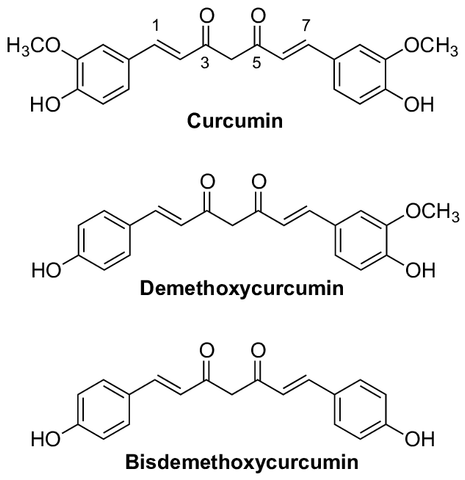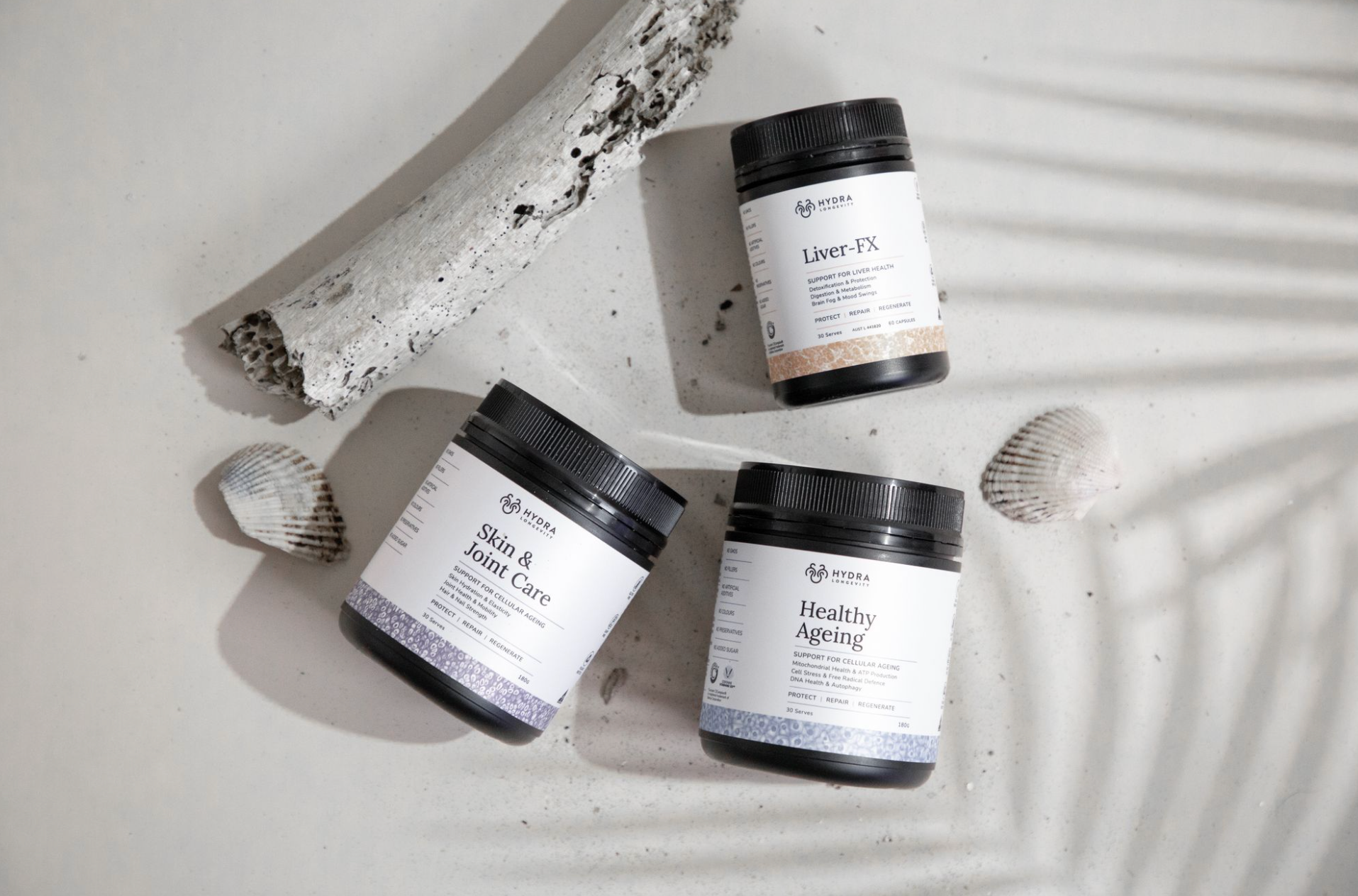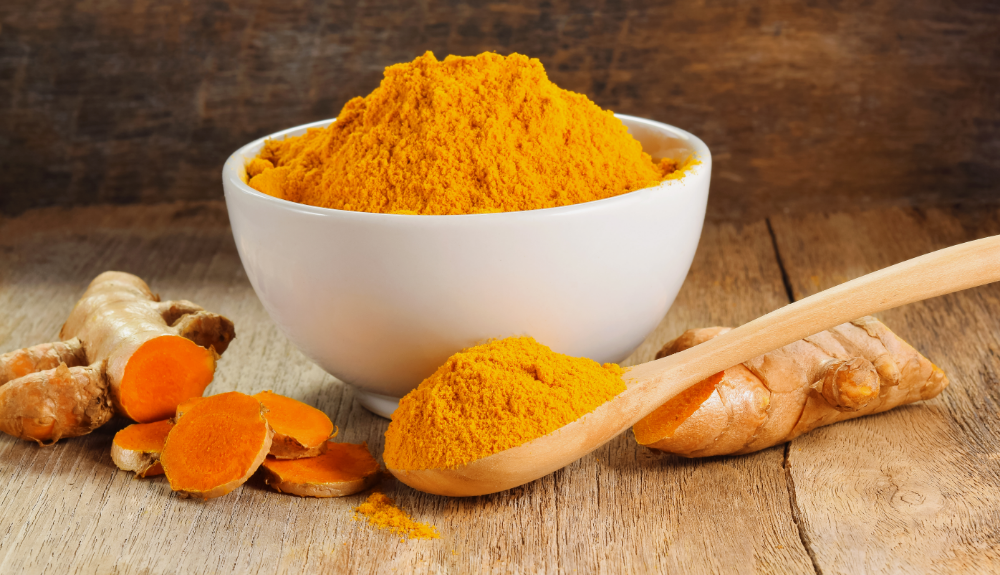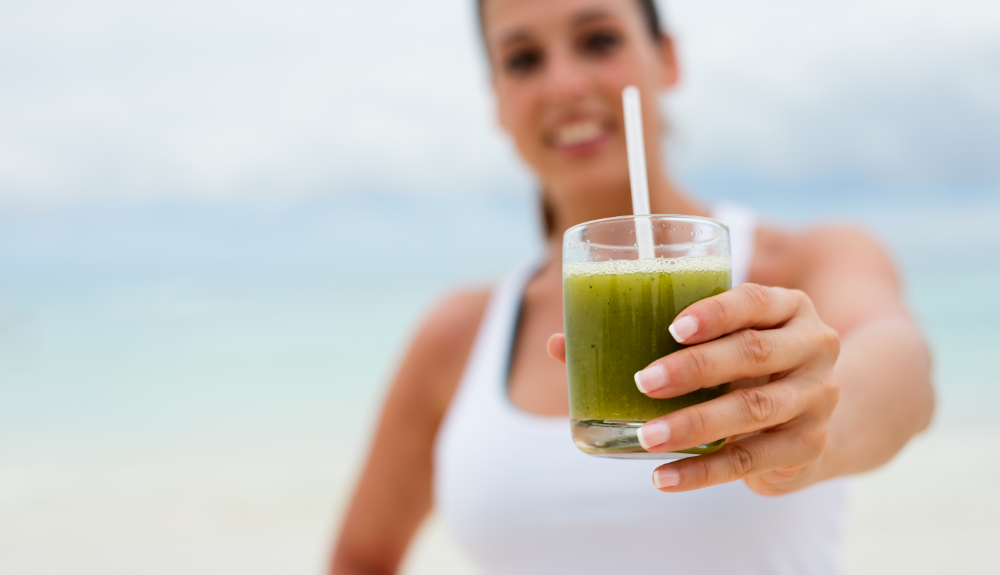Turmeric - over 235 compounds have been identified in this amazing root. However, it is the curcuminoids found in turmeric that all the literature has mainly focused on, with powerful effects against cancer, inflammation, and oxidative stress.
Let’s have a closer look at this wonder plant.
Turmeric – we have all heard of it and I am fairly sure we have all used it in our kitchens over the years. It has been used in curries and other Asian dishes as a pungent flavouring ingredient and has been widely used as a yellow colouring. Turmeric also has its own food colouring agent code – number 100 on food labels.
But it’s more than a bright coloured food – Turmeric has also been used extensively in Asian medicines for over 2500 years.
The origins of the name turmeric come from the Medieval Latin name terramerita. The French then called it terre merite, meaning 'deserved earth' or 'meritorious earth'. [1]
The Persians named the turmeric root ‘Curcuma’ (derived from ‘kurkum’) meaning 'saffron' because the orange-yellow rhizome colour reminded them of the colour of saffron. While travelling throughout China in 1280A.D., Marco Polo was reported to have said about the turmeric rhizome, “I have found a plant that has all the qualities of saffron, but it is a root.” [1]
India’s traditional Ayurvedic system of medicine also holds a placed of honour for this special root – Sanskrit manuscripts call it ‘the yellow one’ and records its many health uses. It has been one of the most popular ingredients and agriculturally grown foods in Indian curries for thousands of years and was valued as being more precious than gold and other precious gems. Not only is it delicious in food but turmeric has also had wide commercial use as a yellow colouring agent for many items including cotton, silk, paper, wood, foods, and cosmetics. [1]
Turmeric has gained such significance and acclaim that it has been called the following names - ‘Indian solid gold’, ‘a spice for life’ and ‘an age-old herb for old age’. It was so valuable to the Indian nation that it was considered a symbol of prosperity and was known as a cleanser for the whole body. For thousands of years, traditional Hindu weddings, sacred ceremonial occasions and religious sacraments have exclusively used this holy food. [1]
Turmeric has a long history of use over centuries as a ‘herbal aspirin’ and ‘herbal cortisone’ and used to reduce pain, discomfort, and inflammation in a whole host of immunological diseases. [1]
So how does curcumin fit in to the story?
As I mentioned previously, it is not turmeric but curcumin, and even more specifically, the curcuminoids found in curcumin, that have been the subject of much excitement in the scientific field for the last two decades.
Curcumin is the compound that gives turmeric is yellow colour and was first discovered in 1842 by the chemists Vogel and Pelletier. It wasn’t until 68 years later, in 1910, that Lampe and Milobedeska identified the key chemical structure of curcumin - diferuloylmethane. [2]
Further pharmacological studies in the 1980’s attracted a lot of scientific interest into the properties of curcumin and showed its usefulness in many forms of cancer and inflammation. There is now worldwide interest in this natural compound and its therapeutic potential – as a powerful antioxidant and anti-inflammatory, a powerful anti-cancer molecule for the prevention and treatment of cancers, and its usefulness in cardiovascular disease. [1]
The rise in research papers on curcumin has been nothing short of astronomical! If you searched the web for curcumin in 2013 you would have been presented with more than 5800 articles. By 2019, your search would have returned triple that number at 18,036 articles. [3]
There are now over 20,000 articles, recording results from laboratory experiments and clinical trials. This makes it easy to see our rationale for choosing curcumin to be included in our blends. We have gone one step further while developing our formulas and chosen the most evaluated and clinically studied curcumin in the marketplace – Curcumin C3 Complex.

What is the connection between Curcumin and black pepper?
Clinical trials done by the manufacturer of Curcumin C3 Complex have shown that co-administering black pepper (piperine) with the curcuminoids enhances the bioavailability of serum curcumin 20-fold. This is vitally important as curcumin is difficult to absorb from the gut so by adding this carrying agent, we get a huge increase in uptake of the pure curcuminoids straight into the blood where it can be of direct use by the immune system and cellular defence pathways. [4]
Validating our Choice of Curcumin [3,4]
- Curcumin C3 Complex is now the most clinically studied curcumin brand with over 65 scientifically publications and clinical trials.
- Curcumin C3 Complex provides high antioxidant values (ORAC) than coffee bean extract, green tea extract, and grape seed extract which inhibits NFkB levels and inflammation.
- Curcumin C3 Complex has recorded the most safety data which includes reviews of toxicology data. It is the only curcumin on the market that has been reviewed and acknowledged by the USA Food and Drug Administration (FDA).
- Curcumin C3 Complex holds the most patents and IP protections covering the composition of curcuminoids, method of manufacture and uses.
- Curcumin C3 Complex has the most consistent quality providing the same composition of the 3 curcuminoids in the same ratio in every batch.
- Curcumin C3 Complex has the most proven bioavailability
- Curcumin C3 Complex has Scientific and Product Achievement Awards
Enjoy all the health benefits of Curcumin C3 Complex [5]
- Reduces joint inflammation and swelling
- Increase joint mobility
- Relieves the pain of osteoarthritis
- Protects the body from the damaging effects of free radicals
- Supports liver and gallbladder function
- Helps maintain healthy digestive function
- Improves cholesterol ratios
- Supports healthy blood sugar control
- Protects and repairs skin damage
- Improves immune function
- Eases period pain
- Reduces the ageing of your cells
To learn more about this amazing ingredient in our blends, go to our Curcumin C3 Complex technical page.
[1] The Herbal Extract Company of Australia manufacturing brochure. Concentration ratio: Full spectrum 1:1 liquid herbal extract. Turmeric (curcuma longa) Full Monograph. August 2017
[2] www.ncbi.nlm.nih.gov - The discovery of curcumin
[3] US National Library of Medicine & National Institutes of Health. Curcumin – Total-Scale Analysis of the Scientific Literature. Published in Molecules – 9 April 2019
[4] Pallavi Prasad, M. Anzari. Bioavailable Curcumin – Separating Science from Verbosity. NutraCos March/April 2015
[5] Sabinsa Brochure. Curcumin clinical trials (PDF) on Curcumin C3 Complex. 2019





